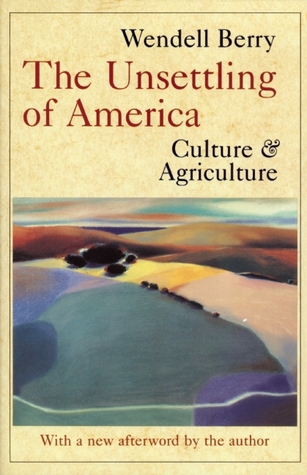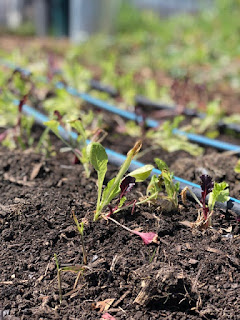This week in Sustainable Agriculture, my partner and I went to Hall Middle School to present our final project on Sustainable Agriculture. We were hosted by a 7th grade science teacher and presented a slideshow on the class, as well as talked about sustainability in our community and ways they can get involved both in sustainable agriculture and by practicing sustainability. The kids were very engaged by asking questions throughout the presentation and seemed very interested in the class and inspired to practice sustainability in their everyday lives.
Once we finished our slideshow, we did an activity to have the students practice sustainable agriculture in real life. We all made seed balls. Seed balls are a ball containing seeds, compost, and a binding material such as flour. Because the materials are in a ball, the seeds can't be eaten by pests and won't blow away in the wind. To make them, you combine the dry materials and add water to create a putty texture, making sure it isn't too runny or dry. Then, you take a small piece of the formed mixture and roll it in the palms of your hands to create a marble sized seed ball! After they are formed, let them dry and then simply toss the balls into the area where you want flowers to grow and they will sprout there! The 7th graders were all smiling and laughing when doing this activity and the resulting seed balls were perfect.
Cooper McLay






















